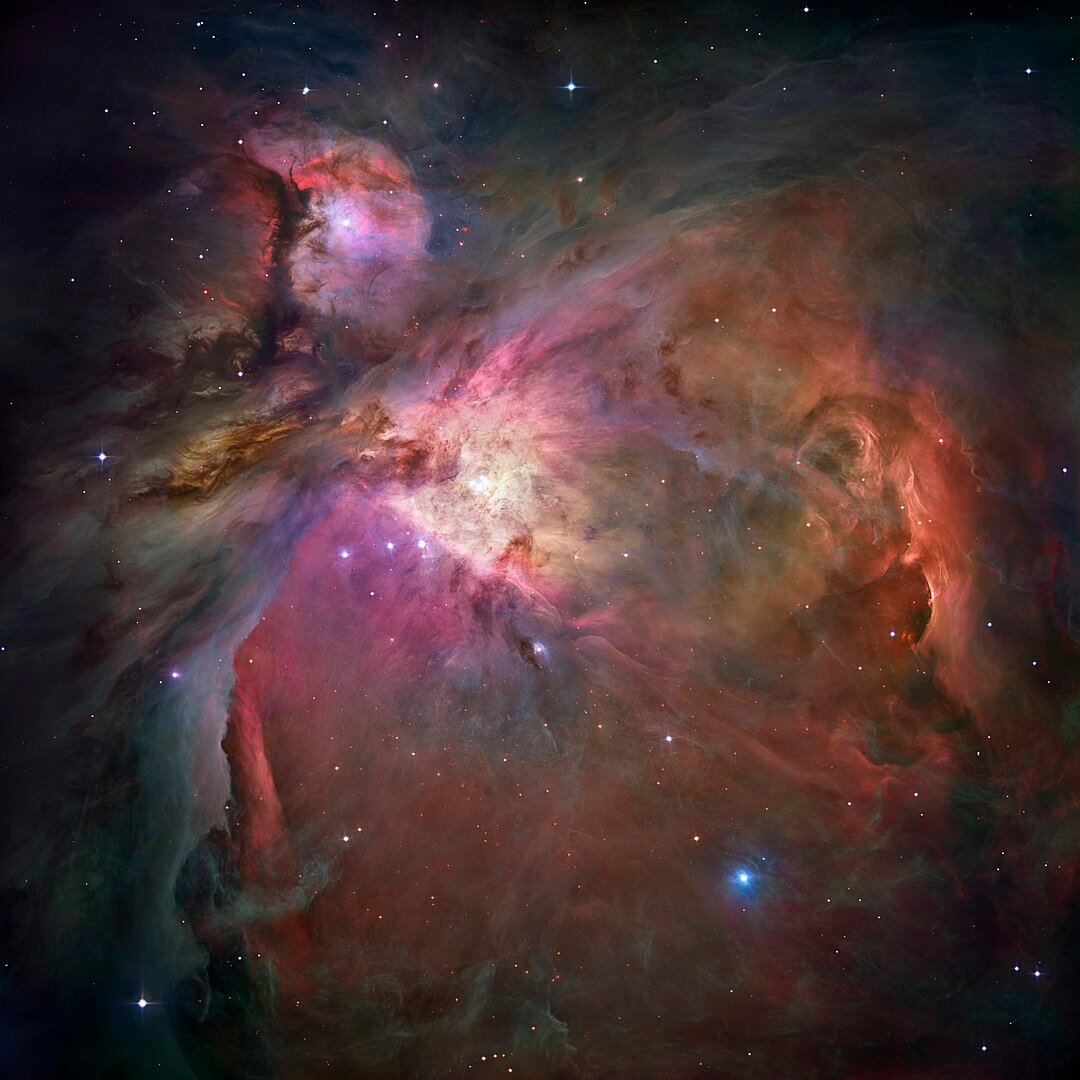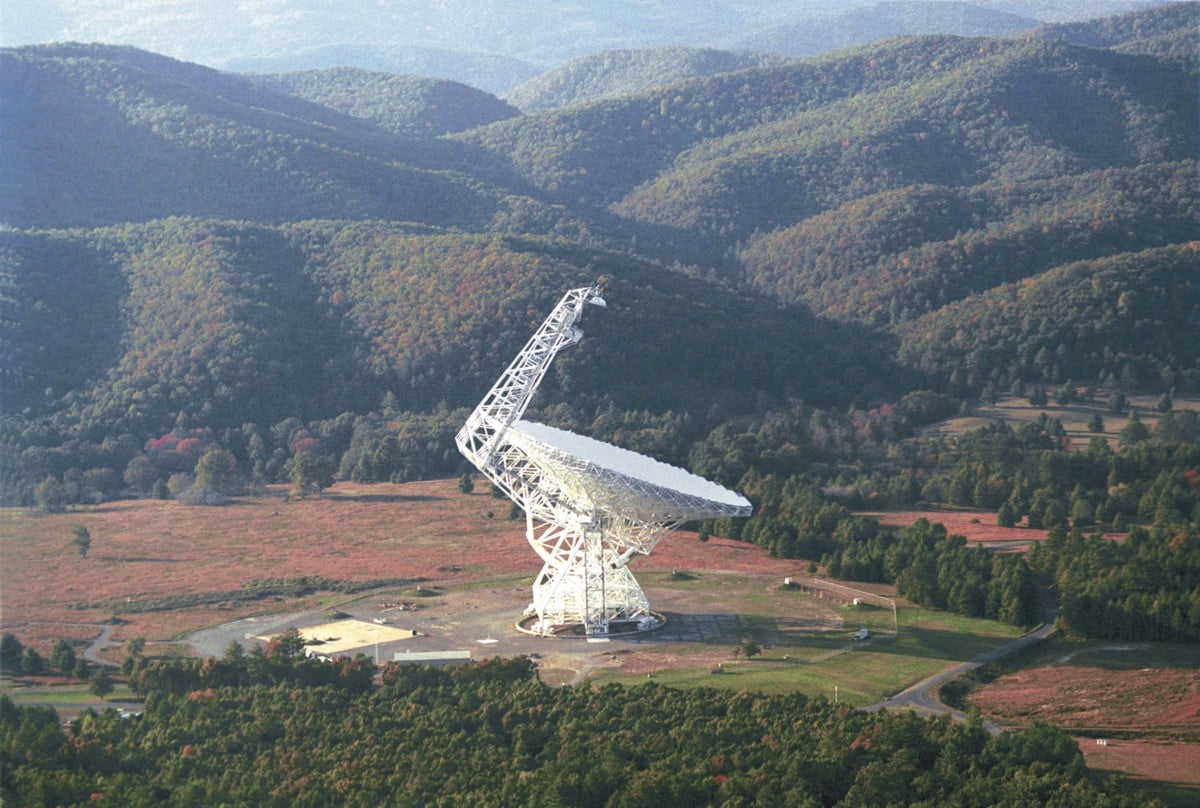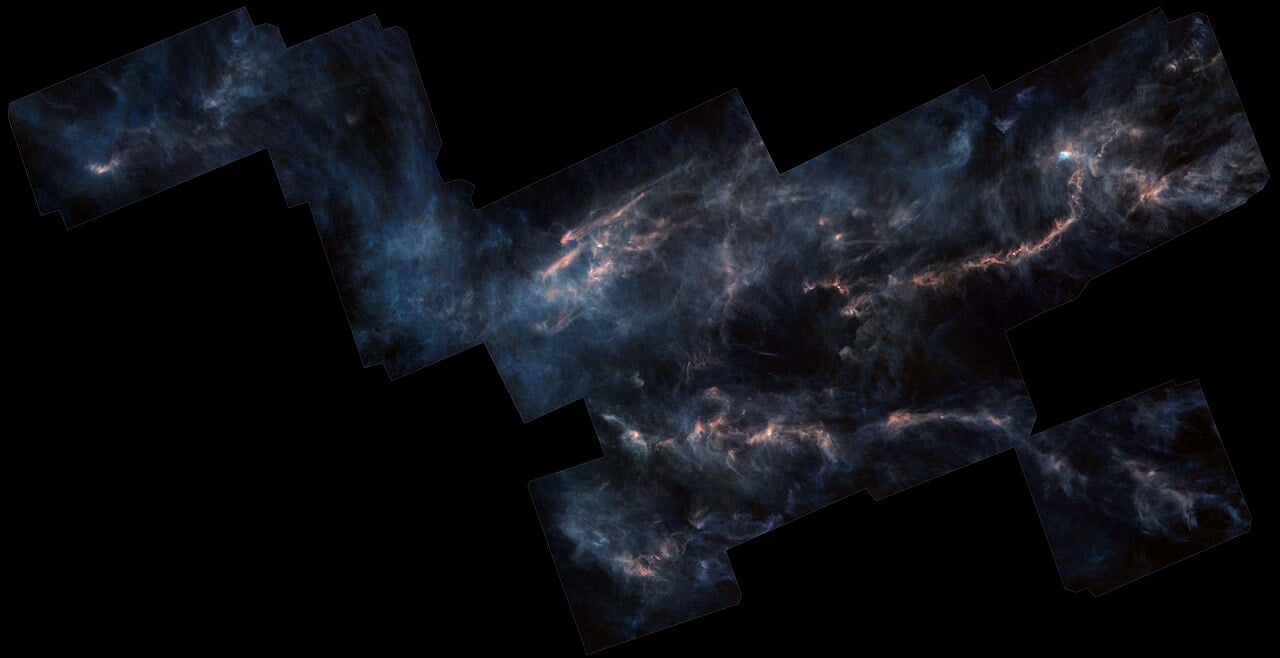Space clouds, or nebulae as they are more properly known are vast nurseries where stars are born from swirling collections of gas and dust scattered throughout a galaxy. These aren’t fluffy white clouds like the ones we see in the sky, they’re enormous regions stretching light years across, filled with hydrogen, helium, and trace amounts of heavier elements left over from previous generations of stars. Some glow brilliantly with vibrant colours as nearby stars illuminate them, while others appear as dark silhouettes blocking the light of stars behind them. Inside these clouds, gravity slowly pulls matter together over millions of years, creating dense pockets that eventually collapse to form new stars and planetary systems.
 The Orion Nebula is a great example of a cloud in space (Credit : NASA/ESA)
The Orion Nebula is a great example of a cloud in space (Credit : NASA/ESA)
Using one of the world’s most powerful radio telescopes, researchers from MIT have discovered more than 100 different molecules swirling around in a single cloud of gas in space. To put that in perspective, that’s more chemical diversity than we’ve ever found in any other cloud out there in the universe. The cloud in question has the rather unglamorous name of the Taurus Molecular Cloud-1, or TMC-1 if you’re feeling lazy. It’s a cold region of space where stars like our Sun are born, and it turns out to be an absolute chemical playground. The team spent over 1,400 hours pointing the Green Bank Telescope in West Virginia at this cloud, collecting data that most of us couldn’t make head nor tail of, but which tells chemists exactly what’s floating around up there.
What’s particularly fascinating is what they found. Most of these molecules are hydrocarbons, which are essentially just carbon and hydrogen connnected in various different arrangements, along with nitrogen rich compounds. Interestingly, there aren’t many oxygen containing molecules, which is quite different from what we see around stars that are already forming.
Perhaps most exciting is the detection of 10 aromatic molecules. These are ring shaped carbon structures that sound fancy but are actually everywhere on Earth. They’re in coffee, vanilla, and even in your DNA. Finding them in a stellar nursery suggests these fundamental building blocks of complex chemistry were present right from the start.
 The Robert C. Byrd Green Bank Radio Telescope has a collecting area of 2.3 acres which focuses the radio waves falling on it onto sensitive receivers at the top of the boom attached to the side (Credit : NRAO/AUI)
The Robert C. Byrd Green Bank Radio Telescope has a collecting area of 2.3 acres which focuses the radio waves falling on it onto sensitive receivers at the top of the boom attached to the side (Credit : NRAO/AUI)
But here’s where it gets really clever. Back in 2021, this same dataset helped solve a mystery that had been bugging scientists since the 1980s. They finally identified individual PAH molecules in space for the first time. PAHs, or polycyclic aromatic hydrocarbons are complex carbon molecules that scientists had suspected were out there but couldn’t prove. Now they’ve found loads of them, showing there’s a massive reservoir of reactive organic carbon present even before stars and planets properly form.
What makes this research particularly brilliant is that the team hasn’t just kept all this data to themselves. They’ve made the entire dataset publicly available so other scientists can dive in and potentially make their own discoveries.
This molecular census gives us a benchmark for understanding what chemical conditions existed before our own Solar System formed. It’s essentially a snapshot of the ingredients list that was available when Earth was just a twinkle in the universe’s eye, and it might just help us understand how life itself got started.
Source : Astronomical data collection of Taurus Molecular Cloud-1 reveals over 100 different molecules

